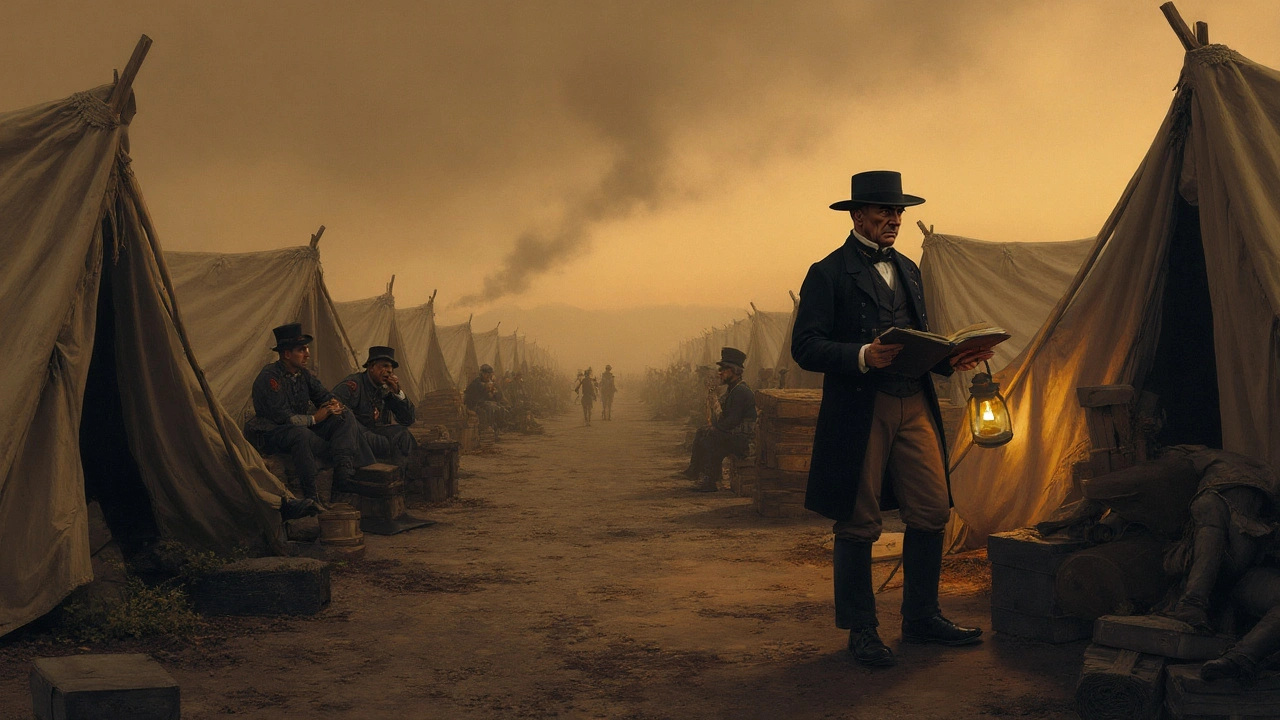Tuberculosis and Military History: How TB Changed Warfare
Ever wonder why a simple lung infection could shift the outcome of battles? Tuberculosis (TB) has followed soldiers for centuries, silently weakening troops, clogging hospitals, and forcing armies to rethink strategy. From cramped barracks in the 1800s to massive World War I camps, TB proved that disease can be as deadly as bullets. Below you’ll find the biggest moments when TB showed up on the front lines and what the military learned each time.
TB in 19th‑Century Conflicts
During the 1800s, most armies lived in close quarters, ate poorly, and traveled long distances on foot or by ship. Those conditions were a perfect recipe for TB. In the American Civil War, doctors noted a sudden rise in chronic coughs and wasting among both Union and Confederate soldiers. The disease spread faster than any musket fire because there were no antibiotics and little understanding of how TB traveled through the air.
European powers weren’t immune. The Crimean War (1853‑1856) saw thousands of British soldiers hospitalized for “consumption,” the old name for TB. Field hospitals were overcrowded, and ventilation was almost non‑existent. Commanders started to separate sick soldiers from the healthy, a practice that later became a standard military medical protocol. The lesson was simple: prevent the disease from moving with the troops.
World Wars and the Fight Against TB
World War I introduced trench warfare, another TB hotspot. Muddy, damp trenches made breathing hard, and soldiers spent weeks in the same cramped space. TB infections skyrocketed, especially among young men who had never faced the disease before. Military doctors began systematic screenings—checking for persistent coughs, weight loss, and night sweats. Those screenings saved countless lives by moving infected soldiers to dedicated TB wards before the disease could spread.
In World War II, the picture changed dramatically. Antibiotics like streptomycin were finally available, and the military could actually treat TB, not just isolate it. The U.S. Army set up “TB hospitals” near major bases, using strict isolation and a strict drug regimen. This not only lowered death rates but also kept combat units at full strength. The experience fed into post‑war public health: countries invested in BCG vaccination programs and built better hospital ventilation systems.
After the wars, the military kept TB on its radar. Modern armies now require regular TB testing for recruits, use air‑filtered barracks, and have rapid‑response medical teams ready for outbreaks. The history shows that a disease that once crippled forces can become a manageable health issue with the right policies.
So why does this matter today? First, it reminds us that any disease can become a tactical problem if we ignore it. Second, the military’s hard‑won lessons—screening, isolation, vaccination, and proper ventilation—still guide civilian health responses. Finally, remembering TB’s impact on wars helps us appreciate how far we’ve come and why staying vigilant is still crucial.
Tuberculosis in the Military: A Historical Look at Outbreaks and Responses
Explore how tuberculosis shaped armies from the 19th century to today, covering outbreaks, sanatoriums, vaccines, and lasting lessons for military medicine.
